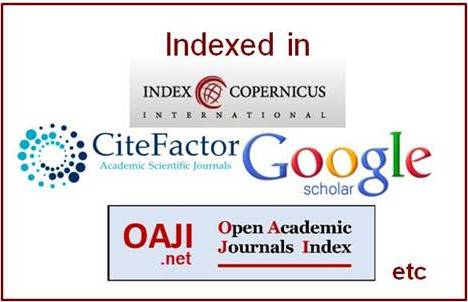The Central Bank of Iraq’s Management of the Exchange Rate as a Tool to Control Inflation: An Administrative Approach to Analyzing the Impact of Monetary Policy and Government Spending on Exchange Rate Stability (2004–2023)
Abstract
This study investigates the Central Bank of Iraq’s (CBI) strategy of using exchange rate pegging as a key monetary policy tool to control inflation from 2004 to 2023. Utilizing annual time series data and applying the Autoregressive Distributed Lag (ARDL) model alongside Granger causality testing, the research empirically examines both the long-run and short-run relationships between the official exchange rate, inflation, and government expenditure. The findings confirm a statistically significant long-term relationship, with the exchange rate acting as an anchor for inflation expectations. Moreover, results reveal that the causal direction primarily runs from the exchange rate to inflation, validating the effectiveness of the peg in stabilizing price levels—particularly in the absence of robust alternative monetary tools. Government expenditure is also found to have a notable influence, occasionally offsetting the positive effects of exchange rate stability. The study concludes that successful inflation control in Iraq is contingent upon greater coordination between monetary and fiscal policies and increased institutional credibility. These findings provide practical insights for Iraqi policymakers and contribute to the literature on monetary policy in rent-dependent, transitional economies.
Downloads
References
Al-Dughairi, S., & Mutlaq, A. (2020). Effectiveness of monetary policy tools in rentier Arab economies. Journal of Economic Sciences, 28(4), 55–79.
Al-Saleh, A., et al. (2022). Exchange rate pegging policies in Arab economies: A case study of Egypt and Jordan. Arab Economic Journal, 34(2), 77–101.
Edwards, S. (2007). Exchange rate policies, capital controls and real exchange rates in developing countries. In Capital Controls and Capital Flows in Emerging Economies (pp. 197–254). University of Chicago Press.
Ghosh, A. R., Ostry, J. D., & Qureshi, M. S. (2021). Exchange rate regimes and inflation: Evidence from developing countries. IMF Working Paper, No. 21/62.
Klomp, J., & de Haan, J. (2023). Central bank transparency and inflation: A cross-country analysis. Journal of International Money and Finance, 132, 102764.
Levy-Yeyati, E., & Sturzenegger, F. (2005). Classifying exchange rate regimes: Deeds vs. words. European Economic Review, 49(6), 1603–1635.
Mahdi, F., & Ashour, M. (2024). Monetary policy tools and exchange rate stability in Iraq: An econometric study for the period 2004–2023. Journal of Economic Studies, 51(2), 90–117.
Obeid, A., & Abdullah, S. (2023). The impact of exchange rate fluctuations on the purchasing power of the Iraqi dinar. Iraqi Economic Journal, 45(1), 12–33.
Reinhart, C. M., & Rogoff, K. S. (2004). A modern history of exchange rate arrangements: A reinterpretation. Quarterly Journal of Economics, 119(1), 1–48.
Author(s) and co-author(s) jointly and severally represent and warrant that the Article is original with the author(s) and does not infringe any copyright or violate any other right of any third parties, and that the Article has not been published elsewhere. Author(s) agree to the terms that the GPH Journal will have the full right to remove the published article on any misconduct found in the published article.









 Street. Viaductweg 186, City. Bruchem, State. Gelderland, Zip code 5314LK, Netherlands
Street. Viaductweg 186, City. Bruchem, State. Gelderland, Zip code 5314LK, Netherlands

